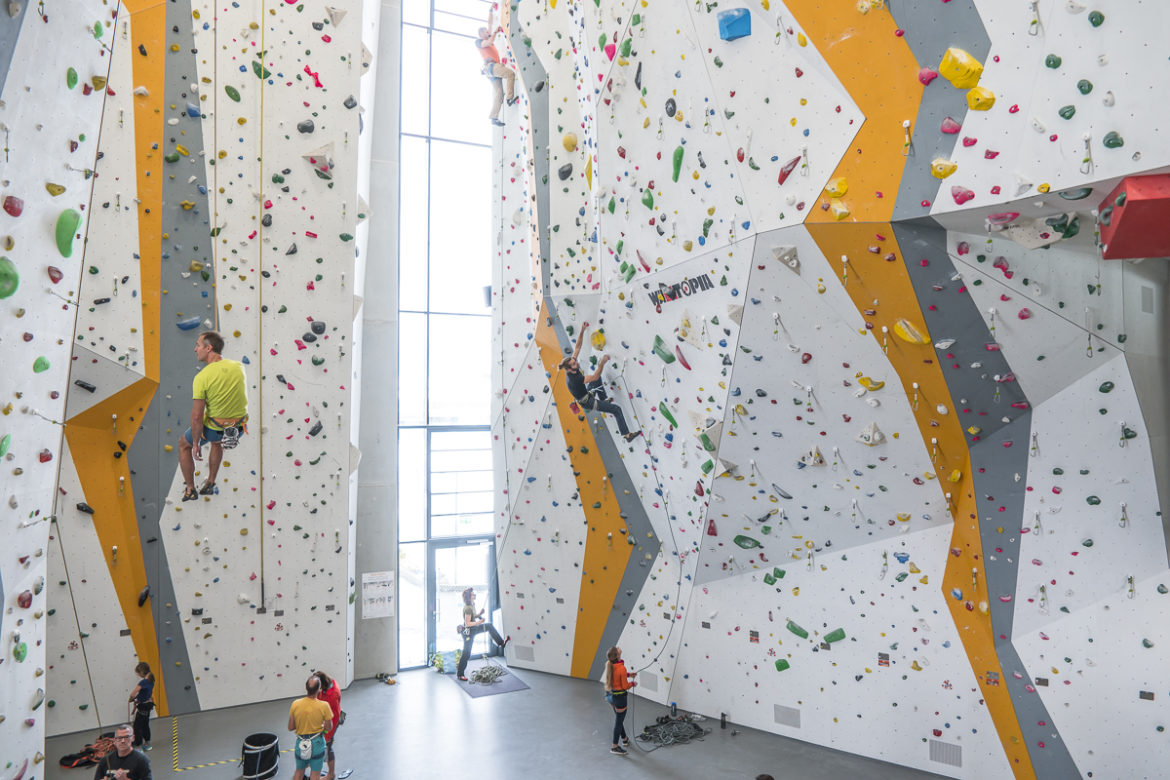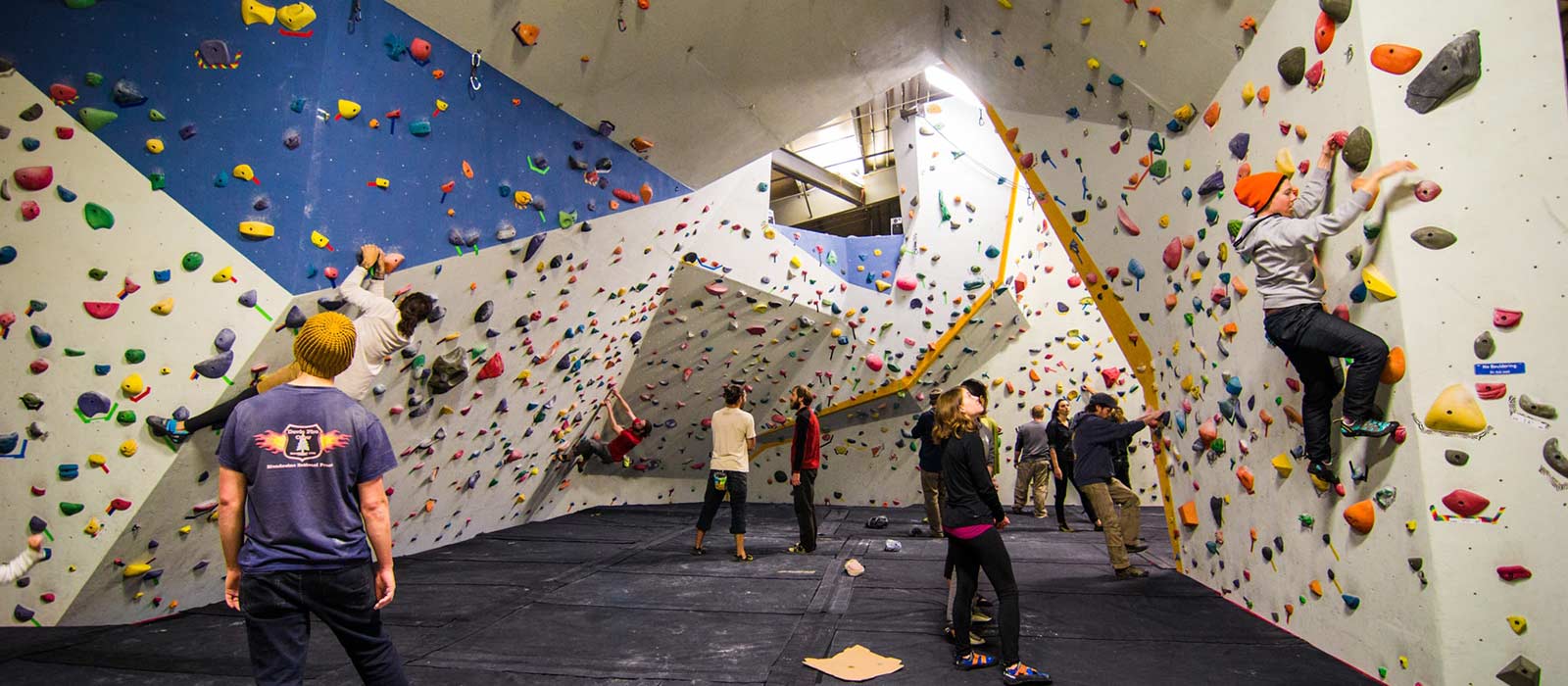What is Indoor Climbing?

Indoor Climbing is basically an offshoot of Rock Climbing wherein people would scale man-made Climbing walls. These are artificially-constructed walls attached with holds that mimic actual mountain walls. Ultimately, indoor Climbing imitates the feel of real Rock Climbing, although in a controlled environment. As far as Indoor Climbing goes, the techniques, pieces of equipment, and guidelines are similar to those of Rock Climbing. The sport’s concept is simple: Climbing walls, which can range from 14 thousand square feet to the size of a basement, are bolted with holds (points where the hands or feet can settle their weight in while climbing) and are located under a roof may be considered as a venue for Indoor Climbing.
Indoor Climbing had started to become widely known during the 1980s when indoor Rock Climbing gyms played a significant role in introducing a whole lot of people to Climbing. The gyms provided a safe, comfortable environment which catered to beginners and advanced climbers. Indoor Climbing ½s popularity increased even more when people started to offer lessons to those who are interested in it. There are other reasons why some people resort to Indoor Climbing. Some areas either doning ½t have a good natural wall to scale or it is just to dangerous to climb them because of bad weather or loose rocks and falling stones. Also, gyms are more accessible than normal Climbing locations, which can be very favorable for people who have little time for leisure.
Indoor vs. Outdoor
It is common for people who wish to take up Climbing to wonder which of the two styles would better suit them. Here are a few of the differences between Indoor Climbing and outdoor Rock Climbing:
- Since Indoor Climbing is done in an environmentally-controlled venue, scaling walls is much safer than climbing real mountain walls. Indoor Climbing is ideal for enthusiasts who are in need of constant practice before they try out the real thing, or for climbers who want to train all year round.
- Surfaces in Indoor Climbing can be easily seen, as distinguished by holds on the artificial wall, in contrast with natural walls where holds are usually not apparent, making the climb more challenging and exhilarating.
- It is easier to focus in indoor climbs because distractions are significantly minimized unlike in outdoor Rock Climbing where the environment itself can be a distraction; erratic wind conditions, weather, and bugs that might hamper a climber’s ascent.
- Indoor Climbing has different levels which climbers can try out and master. Despite their uniformity, harder routes demand more effort and physical strength to be successfully scaled. Outdoor Climbing routes, however, are diversified since mountain holds are not predetermined. Every slope and crack may serve as hand and foot hold for the climber.
- Indoor Climbing promotes competition since some walls are tailor-made for competitive climbers. Outdoor Climbing, however, focuses on the act of Climbing itself, pushing the climbers to the limit.
Although Indoor Climbing comes close to outdoor Climbing up to some point, there are of course some things that the former can never completely emulate. They include the breathtaking view of the landscape below, and that feeling of fulfillment as you reach the summit of a challenging mountain wall.
Why Go Indoor Climbing?
Here are some simple reasons why you should try Indoor Climbing:
- It’s ½s not your any typical recreational pastime as compared to other hobbies where they only accomplish one goal. Indoor Climbing has other benefits like improving your physical fitness as well as your self-confidence and sense of achievement once you complete a route.
- It can also build better social relations since Indoor Climbing requires communication with other experienced climbers to learn and develop their skills.
- Finally, Indoor Climbing is ideal for team building, improving trust, and camaraderie as some sessions would require more than one person in order to complete the climb.
Maybe after reading this article, you will now think twice if you see a Climbing wall in your local gym. Go ahead, give it a try, and dive in to the world of Indoor Climbing. It might be the activity that you’re ½ve always wanted to do; only you never knew what it was, until now.

